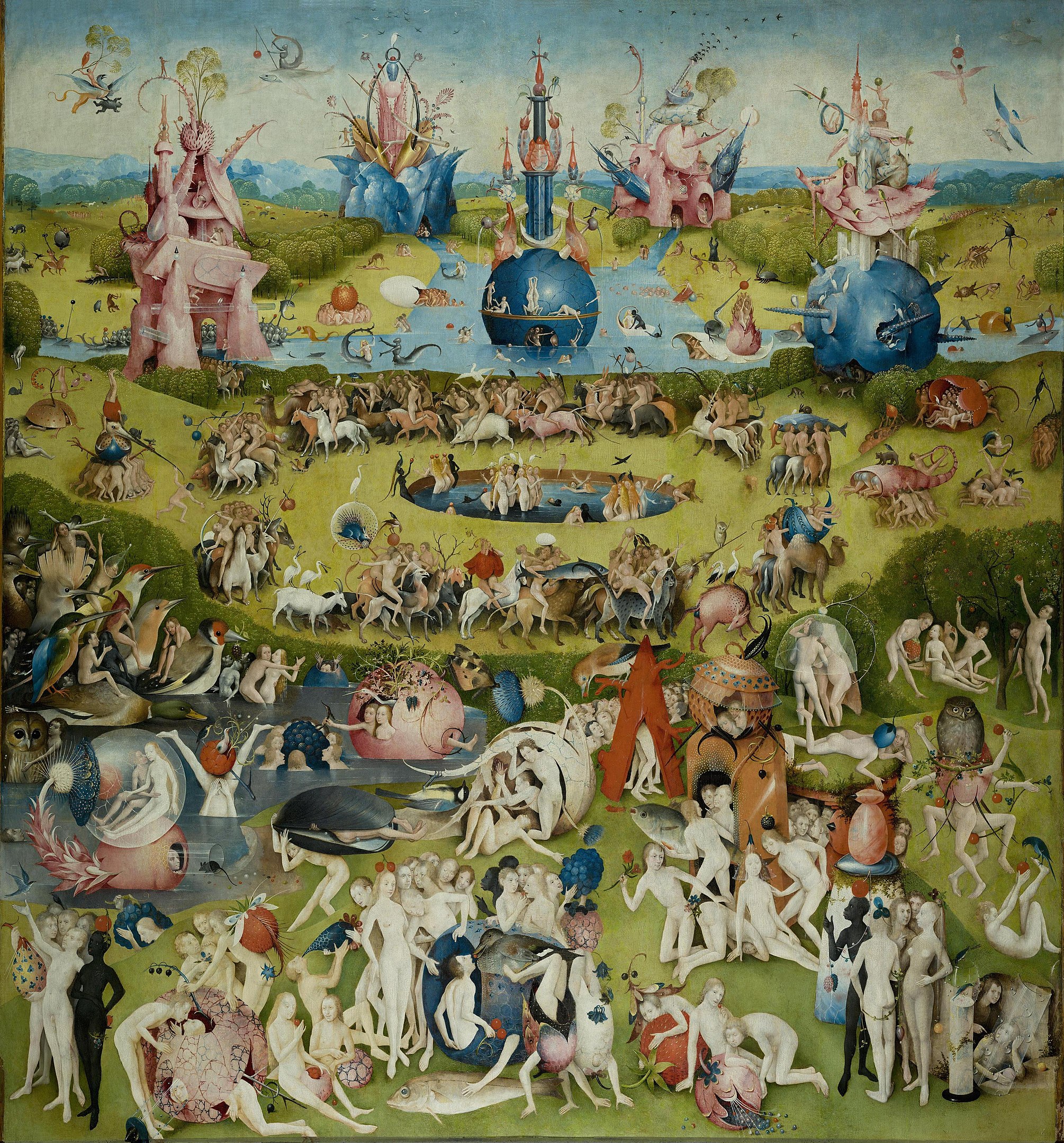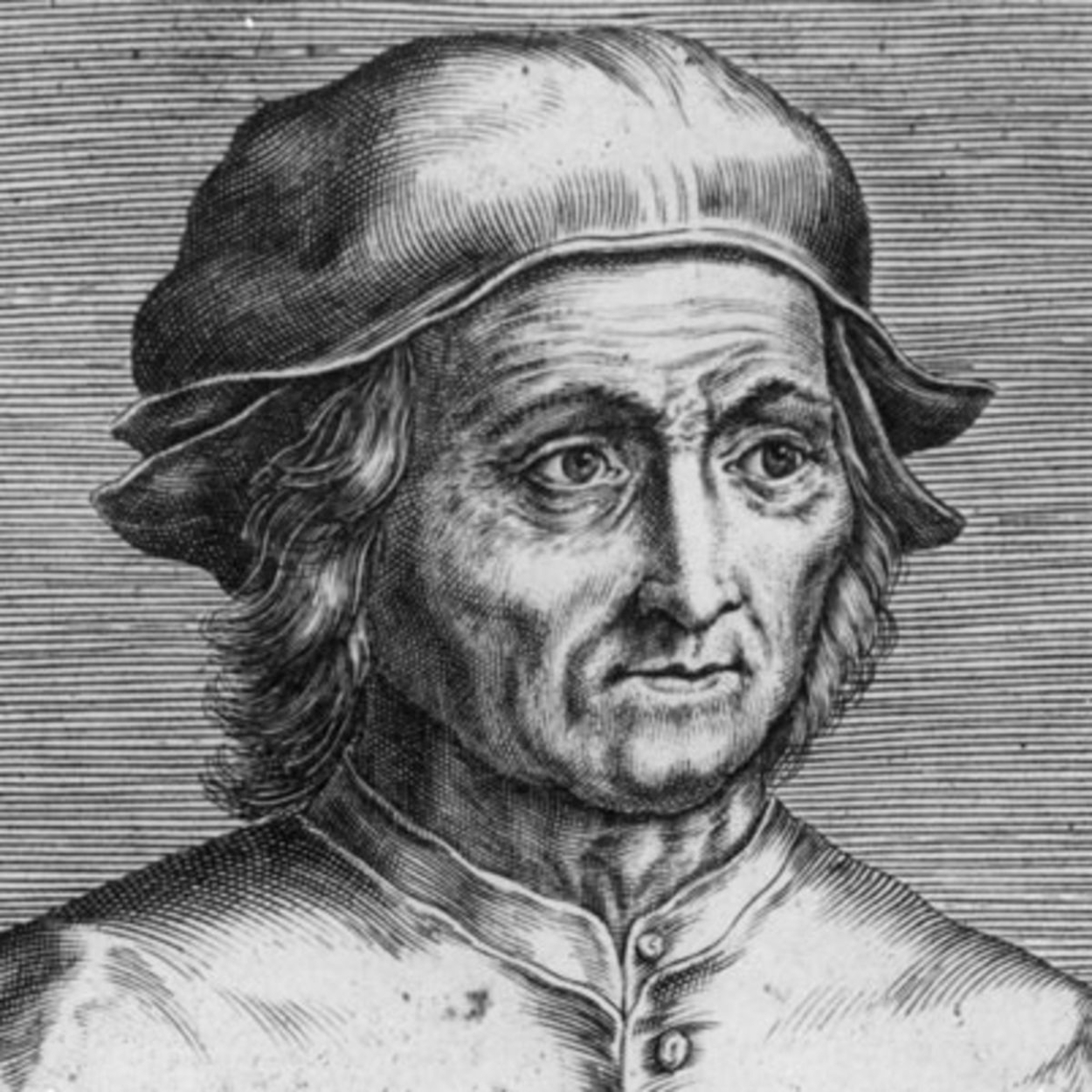Hieronymus Bosch is a very mysterious figure; very much like his paintings. The intricacy of its symbolism, particularly that of the central panel of the triptych we present today, has led to a wide range of scholarly interpretations over the centuries. Its title, The Garden of Earthly Delights, is not original; it was given in modern times, which also leads to misunderstanding. Art historians are divided as to whether the triptych's central panel is a moral warning or a panorama of paradise lost. Triptychs from this period were generally intended to be read sequentially, the left and right panels often portraying Eden and the Last Judgment respectively, while the main subject was contained in the centerpiece. Here, what is unique for Bosch's, God is absent from the central panel. Instead, this panel shows humanity acting with apparent free will as naked men and women engage in various pleasure-seeking activities.
It is not known whether the triptych was intended as an altarpiece. Still, the general view is that the extreme subject matter of the inner center and right panels make it unlikely that it was intended to function in a church or monastery, but was instead commissioned by a lay patron.
Don't forget to zoom in on the painting; it is so detailed that you can spend hours gazing at it.
P.S. Dear DailyArt users, we are looking for translators who would like to volunteer and help us translate our DailyArts into Hindi and Korean. If you are a native speaker of one of these languages and would like to join our team, please contact us: [email protected]


 Hieronymus Bosch
Hieronymus Bosch